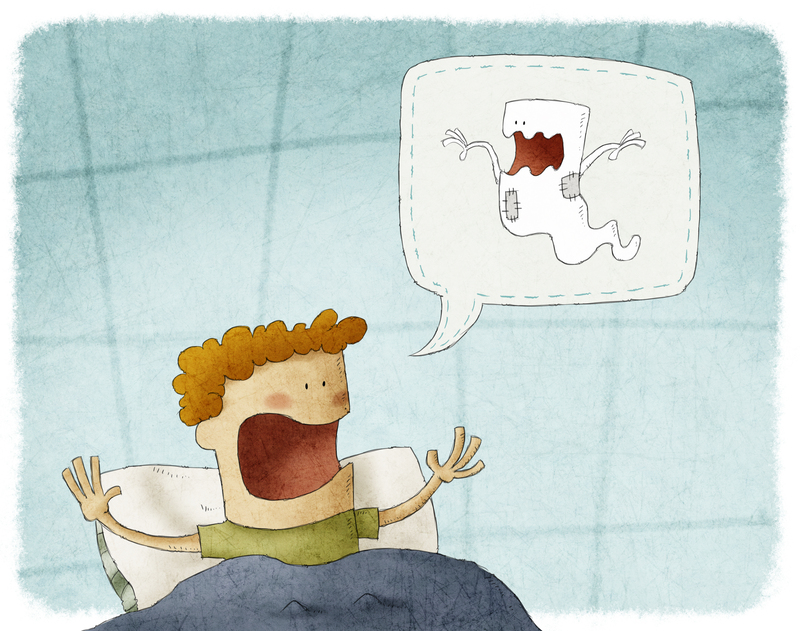Learn How to Pack Effectively for Your Upcoming Move
Posted on 17/06/2025
Moving to a new home or office is an exciting opportunity, but it can also be overwhelming without the proper planning. The process of packing efficiently is crucial to ensure your move is stress-free and your belongings arrive safely at your new destination. In this comprehensive guide, you'll learn how to pack effectively for your upcoming move, with insightful tips and up-to-date strategies designed to save you time, money, and hassle.
Why Effective Packing for Moving Matters
Effective packing is more than just putting things into boxes. Proper packing techniques can:
- Reduce the risk of damage to your fragile items
- Streamline your unpacking process at your new location
- Help you save money on packing supplies and moving costs
- Minimize stress and make the moving day much smoother
Poor packing can lead to broken valuables, lost items, and unnecessary frustration. That's why understanding how to pack efficiently is a critical aspect of your moving journey.

Step-by-Step Guide to Packing Efficiently for Your Move
Let's break down the most important steps to help you master efficient packing for your move:
Step 1: Start with a Plan
- Begin by creating a detailed moving checklist.
- Identify which items you'll be taking with you and which to donate, sell, or throw away.
- Assign packing tasks and deadlines to prevent last-minute chaos.
Tip: The earlier you start, the less rushed you'll feel as moving day approaches. Ideally, begin planning at least a month before your move.
Step 2: Gather High-Quality Packing Supplies
Essential packing materials include:
- Sturdy, corrugated moving boxes in various sizes
- Packing tape and dispensers
- Bubble wrap, packing paper, and foam sheets for delicate items
- Markers and color-coded labels
- Stretch wrap for furniture
- Optional: specialty boxes for electronics, dishware, and wardrobe items
Investing in the right packing supplies helps ensure your belongings remain safe throughout the relocation process.
Step 3: Declutter and Downsize
The most effective move starts with decluttering. Packing less means saving time and money, and it gives you the chance to refresh your new space with only the items you truly want and need.
- Sort through every room and decide what to keep, donate, sell, or discard.
- Hold a garage sale or use online marketplaces for items in good condition.
- Arrange for donation pickups or recycling for items you can't sell or use.
This is a crucial step in making your move much more organized and efficient.
Step 4: Pack Room by Room
To stay organized and efficient, focus on one room at a time:
- Label boxes clearly with the room name and a brief description of their contents.
- Use color-coded stickers for each room to make unpacking effortless.
- Keep an inventory list to track everything you're moving.
Pro Tip: Start with rooms and items you use least often, such as guest rooms, storage closets, and seasonal items.
Step 5: Use Smart Packing Strategies
Learning how to pack boxes for an upcoming move isn't just about filling space; it's about safeguarding your belongings and making unloading a snap. Follow these tried-and-true methods:
- Place heavier items at the bottom of boxes and lighter items on top.
- Fill empty spaces with packing paper or soft clothing to prevent shifting during transit.
- Do not over-pack boxes--this makes them difficult to move and increases the risk of damage.
- Always tape the bottom and top seams of boxes securely.
For delicate and valuable items, double-wrap them in bubble wrap or use custom foam inserts.
Step 6: Pay Extra Attention to Fragile and Valuable Items
If you're packing fragile items for your move, such as glassware, dishes, or electronics, special care is necessary:
- Wrap each piece individually with bubble wrap or packing paper.
- Place dividers between items inside the box.
- Add "Fragile" labels in bold on all sides of the box.
- For electronics, use original packaging or anti-static bubble wrap if possible.
Step 7: Make an Essentials Box
Set aside an "open first" box or "essentials kit" containing items you'll need immediately upon arrival at your new place:
- Toiletries and medications
- Basic kitchenware (a few plates, cups, utensils)
- Phone chargers and essential electronics
- Bed linens and towels
- Change of clothes for each family member
- Snacks and bottled water
Having these must-have items easily accessible will make your first night much more comfortable.
Step 8: Prepare Furniture and Large Items
Here's how to pack large furniture and appliances effectively for your move:
- Dismantle beds, tables, and shelving units if possible. Keep screws and small hardware in labeled bags taped to their respective furniture parts.
- Wrap furniture in stretch wrap or moving blankets to avoid scratches and damage.
- Drain and disconnect major appliances (fridge, washer, dryer) a day before moving.
Step 9: Use Specialty Packing Techniques
To pack unique items for an upcoming move efficiently:
- Use wardrobe boxes for clothing on hangers.
- Pack books in small, sturdy boxes to avoid back injuries.
- For artwork or mirrors, use picture boxes and add extra padding.
- Bundle garden tools together and protect sharp edges with cardboard or bubble wrap.
Top Packing Mistakes to Avoid
Don't let these common packing mistakes derail your moving experience:
- Waiting until the last minute: Rushed packing leads to broken items and lost essentials.
- Using low-quality boxes: Weak boxes can collapse and cause damage.
- Overloading or underfilling boxes: Both make boxes unstable during handling.
- Failing to label or inventory boxes: You'll waste hours searching for items later.
- Ignoring special packing needs for fragile items: Extra care is necessary to prevent costly damage.
Eco-Friendly Packing Suggestions
Want to learn how to pack efficiently for your move while being environmentally conscious? Consider these tips:
- Reuse boxes from friends, local businesses, or online community groups.
- Opt for biodegradable or recycled packing materials.
- Use towels, blankets, and clothing to cushion fragile items, reducing the need for bubble wrap.
- Return or donate packing materials after your move.
Should You Hire Professional Packers?
For some, hiring professional packing services is the ultimate solution for a hassle-free move. Here's what to consider:
- You're short on time or have a tight moving schedule.
- You have expensive, valuable, or bulky items that require expert handling.
- You want comprehensive insurance coverage for your belongings.
Professional packers know how to pack your belongings efficiently and securely--but if you're on a budget or prefer a hands-on approach, following the strategies in this guide will deliver great results.
Essential Packing Timeline for an Efficient Move
- 4-6 Weeks Before Moving: Start planning, decluttering, and gathering supplies.
- 3 Weeks Before Moving: Pack non-essential rooms (attic, garage, closets).
- 2 Weeks Before Moving: Pack seldom-used kitchenware and seasonal items. Book moving services.
- 1 Week Before Moving: Finish packing all rooms except essentials.
- Moving Day: Pack your essentials box, disassemble remaining furniture, and double-check every room.
Bonus Tips to Pack Successfully for Your Move
Here are some quick bonus tips to maximize your packing effectiveness:
- Take photos of box contents or complicated setups (like TV hookups and complex furniture assemblies).
- Whenever possible, keep clothes in drawers and seal them with plastic wrap for easy transport.
- Use suitcases for heavy or bulky items, such as books and shoes.
- Mark boxes with "This Side Up" arrows for delicate goods.
- Number boxes and match each one to your moving inventory list.
Protect Your Items in Transit
When loading your moving truck or van, keep weight distribution and safety in mind:
- Heavier boxes should go on the floor at the front of the vehicle.
- Fragile or light boxes should be stacked on top.
- Secure items with straps to prevent shifting on bumpy roads.
Plan your route, avoid sharp turns, and drive cautiously to keep your belongings safe until you arrive at your new home.

After the Move: Unpacking Like a Pro
The work doesn't end once you've reached your destination! Effective unpacking is just as important. Here's how to finish your move efficiently:
- Unload room by room, placing boxes in their labeled locations.
- Start with your essentials box and necessary kitchen items.
- Assemble beds and arrange furniture first to make your new place livable.
- Break down and recycle empty boxes and packing materials as you go.
By following your packing inventory, you'll make the process smooth, organized, and far less stressful.
Conclusion: Packing Efficiently for a Stress-Free Move
Whether you're relocating across town or across the country, learning how to pack efficiently for your upcoming move can make all the difference. With a clear plan, the right materials, and a strategic approach, you'll protect your belongings--and your peace of mind. Remember to start early, pack smart, and don't hesitate to ask for help if needed.
Happy moving! With these expert tips, you're ready to execute a successful, organized, and effective move--no matter the distance.



